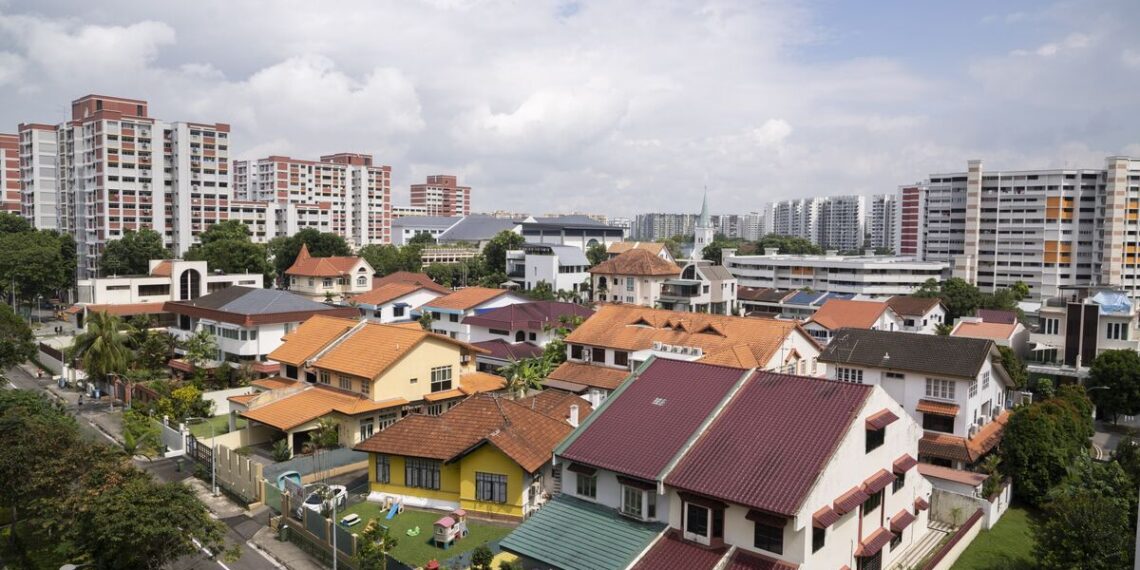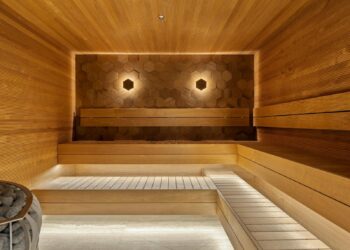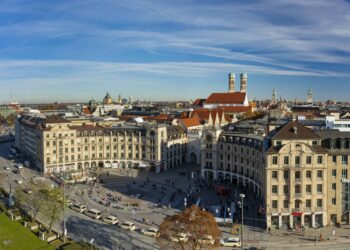Singapores real estate landscape is an intricate tapestry woven from a rich history and a series of dynamic regulations. Navigating the world of private property here can feel akin to deciphering a complex code, where rules seem to shift and evolve with the market.
The allure of owning a slice of this bustling metropolis is tempered by an array of regulations designed to maintain a delicate balance between accessibility and exclusivity. For potential buyers—be they locals or foreigners—understanding these private property regulations is paramount.
From the nuances of ownership eligibility to the constraints on foreign investment, delving into these guidelines reveals the strategic framework that shapes Singapore’s property scene. Join us as we explore the essential components of these regulations, equipping prospective property owners with the insights needed to make informed decisions in this vibrant urban enclave.
Overview of the Singapore Property Market
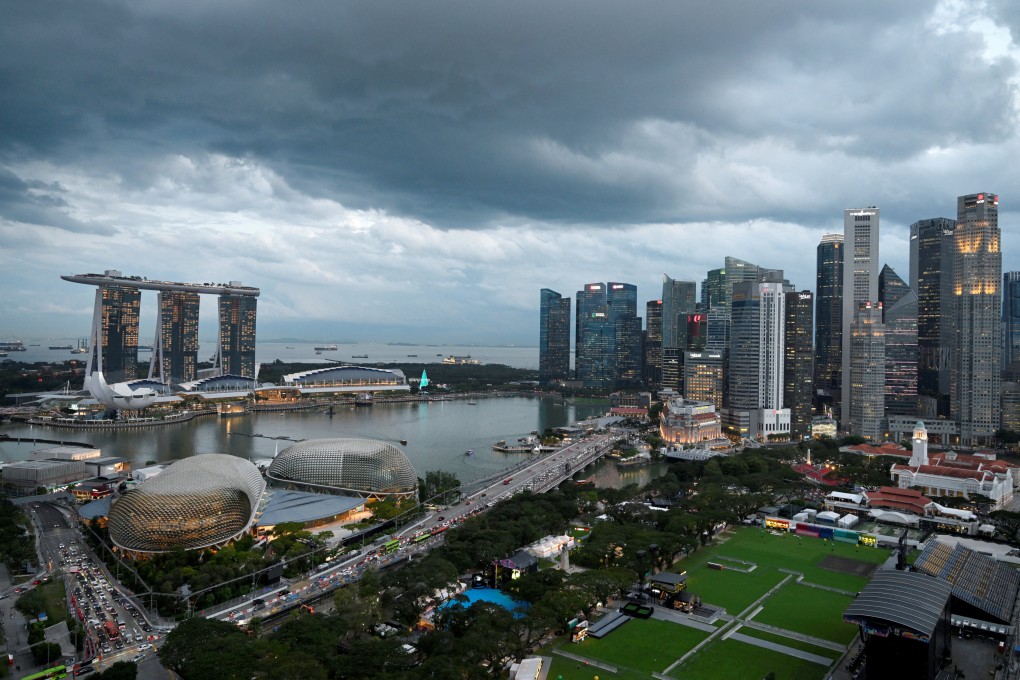
In the early stages of Singapore’s luxury condo market, the seeds of opulence were sown amidst a backdrop of rapid urbanization and economic transformation. The 1970s marked a pivotal shift as developers began to recognize the potential for residential spaces that catered not merely to the elite, but also to the aspirations of a burgeoning middle class seeking sophistication.
Towering structures, once a rarity, began to punctuate the skyline, each one a testament to architectural innovation and luxury. With features like sprawling terraces, breathtaking views, and state-of-the-art amenities, these early developments promised a lifestyle previously reserved for a select few.
This foundation paved the way for modern icons of refined living, such as Skye at Holland condo, where exclusivity and contemporary design converge to define a new benchmark for urban elegance. The allure of exclusivity combined with forward-thinking architecture began to forge a new identity for urban living, transforming the perception of home into something far grander—a lifestyle cultivated in comfort and elegance.
As the market evolved, it undoubtedly laid the groundwork for what would become a vibrant tapestry of luxury living in this island nation.
Types of Private Properties in Singapore

In Singapore, the landscape of private properties is as diverse as it is vibrant, shaped by a unique blend of cultural influences and economic factors. Among the main types, you’ll find condominiums, which typically offer a range of amenities, appealing to both local and expatriate populations; landed properties that come in various forms such as bungalows, semi-detached, and terraced houses, each providing a slice of luxurious living space; and then theres the lesser-known cluster houses, which offer the benefits of landed living while promoting a closer-knit community feel.
Furthermore, private apartments also add to the mosaic, catering to those seeking an urban lifestyle with a touch of exclusivity. Each category not only reflects the discerning tastes of Singaporeans but also highlights the intricate regulations governing ownership and usage, making the exploration of private properties an engaging endeavor for prospective buyers and investors alike.
Ownership Structures: Who Can Buy Property?
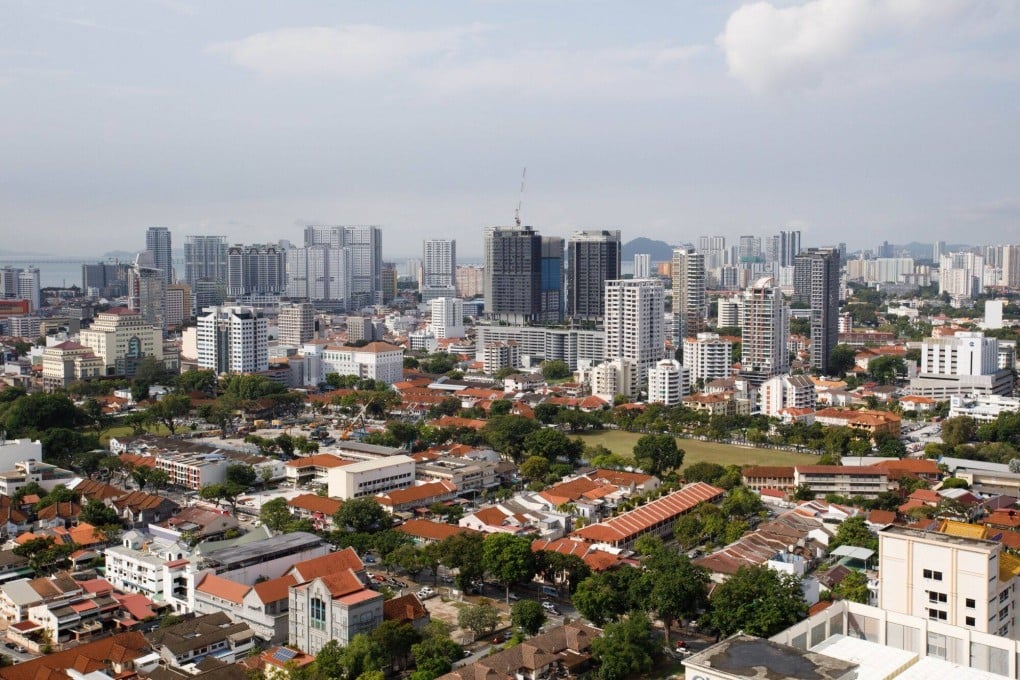
Ownership structures in Singapores private property market embody a fascinating blend of regulations and opportunities. Primarily, Singapore citizens enjoy the most significant access, with various schemes designed to facilitate home ownership, such as the Housing and Development Board (HDB) flats. Yet, the landscape shifts dramatically for foreigners; while they are permitted to purchase private residential properties, this privilege comes with certain restrictions.
For instance, they must typically obtain approval from the government before acquiring landed properties. Additionally, permanent residents enjoy a middle ground, with specific advantages that enhance their ability to invest in both private and public housing.
As a result, navigating these ownership structures requires potential buyers to carefully consider their citizenship status and the types of properties they intend to pursue, each choice carrying unique implications and compliance requirements.
Conclusion
In conclusion, navigating the complexities of Singapores private property regulations is essential for anyone looking to invest in the city-states vibrant real estate market. With clear guidelines and a regulatory framework in place, potential buyers can make informed decisions that align with their personal and financial goals.
Developments like Skye at Holland exemplify the high standards of quality and innovation that characterize Singapores property landscape. By understanding these regulations, investors can not only safeguard their interests but also contribute to the continued growth and sustainability of the urban environment.
Whether you are a first-time buyer or a seasoned investor, staying informed is key to successfully navigating this dynamic market.

